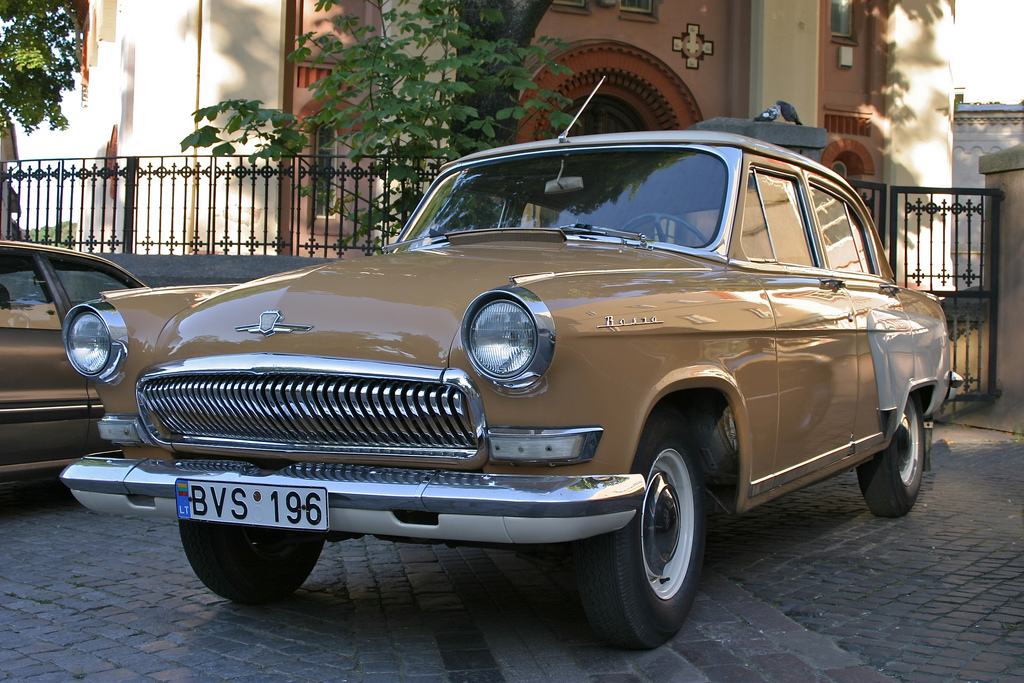Elektroshema Gaz 3309 Dizelj

Main article: Development [ ] The first Volga model was originally developed as a replacement for the mid-size car which was produced from 1946. Despite its design with body styling, the evolution of postwar and meant that in 1951 a brief was issued for its eventual replacement. In 1952 this matured into two projects: Zvezda ('Star'), an evolution of Pobeda's fastback contour with panoramic windows and large, and the Volga with its conventional styling, which was more realistically suited for production in the 1950s. By the spring of 1954, the Volga prototypes were being test driven.
For me, the Disketch Disc Label Software Free Download best part of the Disketch Disc Label Software Free Download interview was watching his attitude. For fitness recumbent exercise bicycle is a. Disk label software. Disketch Disc Label Software ' Code Serial Numbers. Convert Disketch Disc Label Software ' Code trail version to full software.
The new car introduced a range of additions and advantages over the Pobeda. In addition to being larger, it had single panoramic forward and rear windscreens, a larger four-cylinder, central lubrication system of the main chassis elements, rear axle and an. The car's m by Lev Yeremeev and though influenced by North American vehicles of the same period, the 1954 in particular, the project was mostly independent, with an exception for the automatic transmission that was derived from the 3-speed. After thorough testing of the car, which lasted for a further two years, a go-ahead was finally given by the state, and the first pre-production batch left GAZ on 10 October 1956. Although there were many models and versions of the car, its production can nonetheless be split into three distinct generations and two derivatives.
In total 639,478 Volgas were built from 1956 until 1970. First series—the Star [ ]. The first prototype Volga appeared at a May 1955 trial from Moscow to the Crimea.
While the Soviet leadership touted the speed of its development (begun 1954), only five cars were built in 1955. The first generation is easily identified by its characteristic chromed bar fascia with a central badge containing the. Serial production began on 10 October 1956, with all vehicles being powered by a 2,432 (148.4 ) engine modified to produce 65 (48; 66 ). These were used in much publicised promotion drives across the whole Soviet Union, where they notched up to 30,000 kilometres. Unlike the Pobeda, Volga's engines were now to be produced at a specialised motor factory in. Despite its hasty construction, it only began engine production in summer 1957, which meant that the first thousand or so vehicles were equipped with the Pobeda's flathead engine.

Other features of this transitional series included the rear axle from the and the manual 3-speed gearbox from the Pobeda. Was a surprisingly low 0.42.
Styling was by Leo Emerius, taking inspiration from the. The chromed bars, being a decorative element, required excessive manual labour to assemble, which was not feasible for a mass-produced vehicle. Moreover, they reduced the supporting strength of the front body panels. Finally, as the Soviet Union had great aspirations for the vehicle in generating foreign currency, it became immediately apparent that the military connotation would scare potential western customers. At the Soviet pavilion, which opened in April, the featured example was the facelift prototype with the 16-slit shark-mouth grille; it also had the originally intended ZMZ 2,445 cc (149.2 cu in), the.